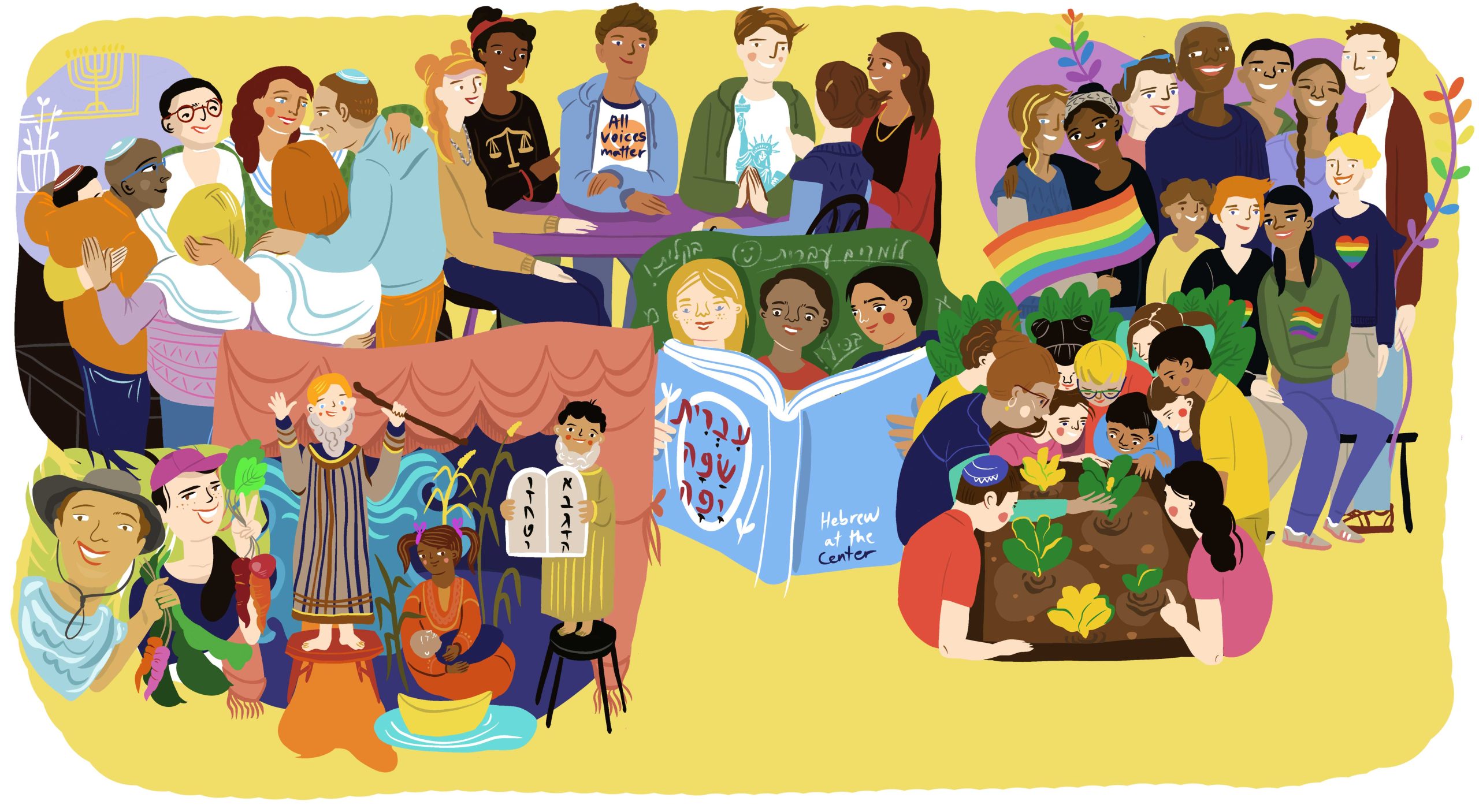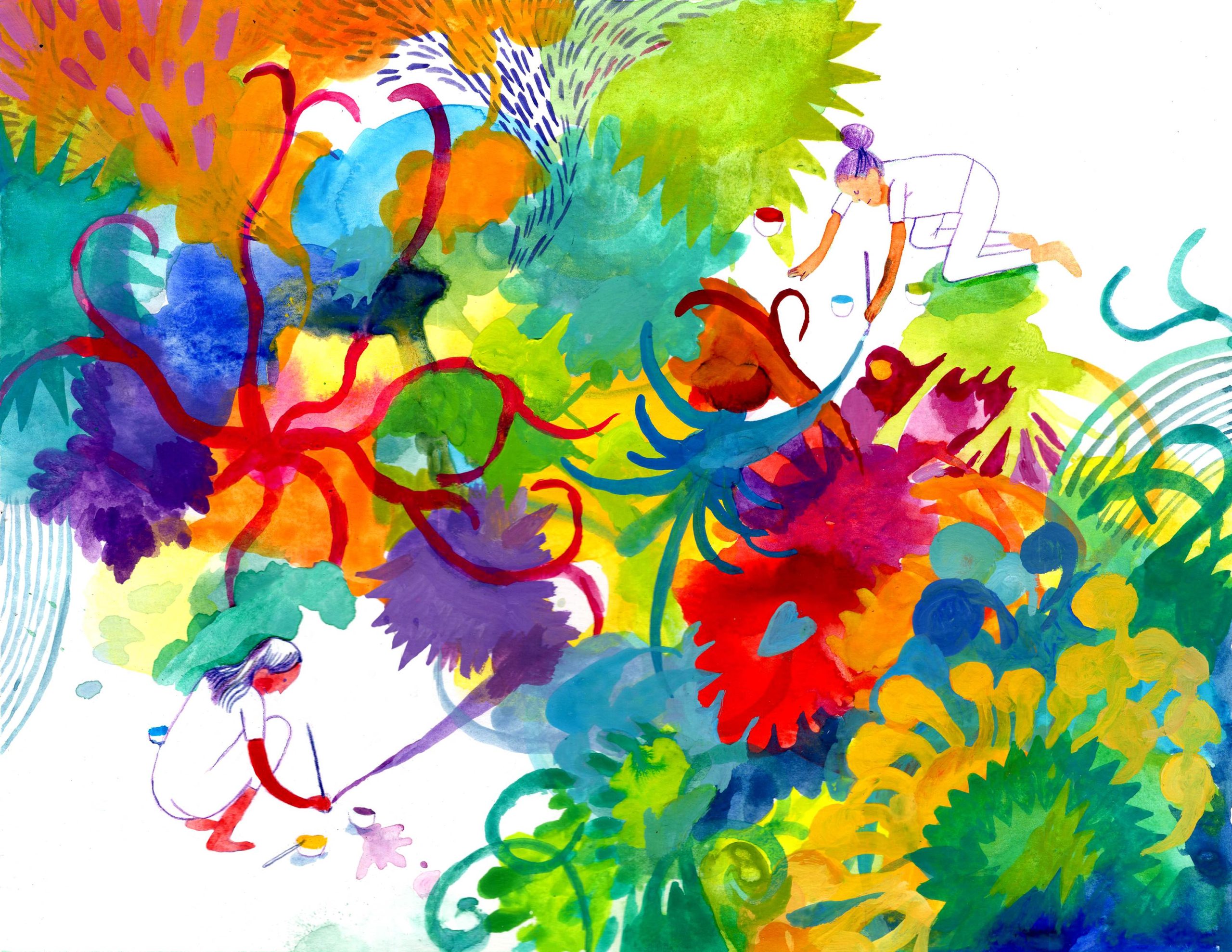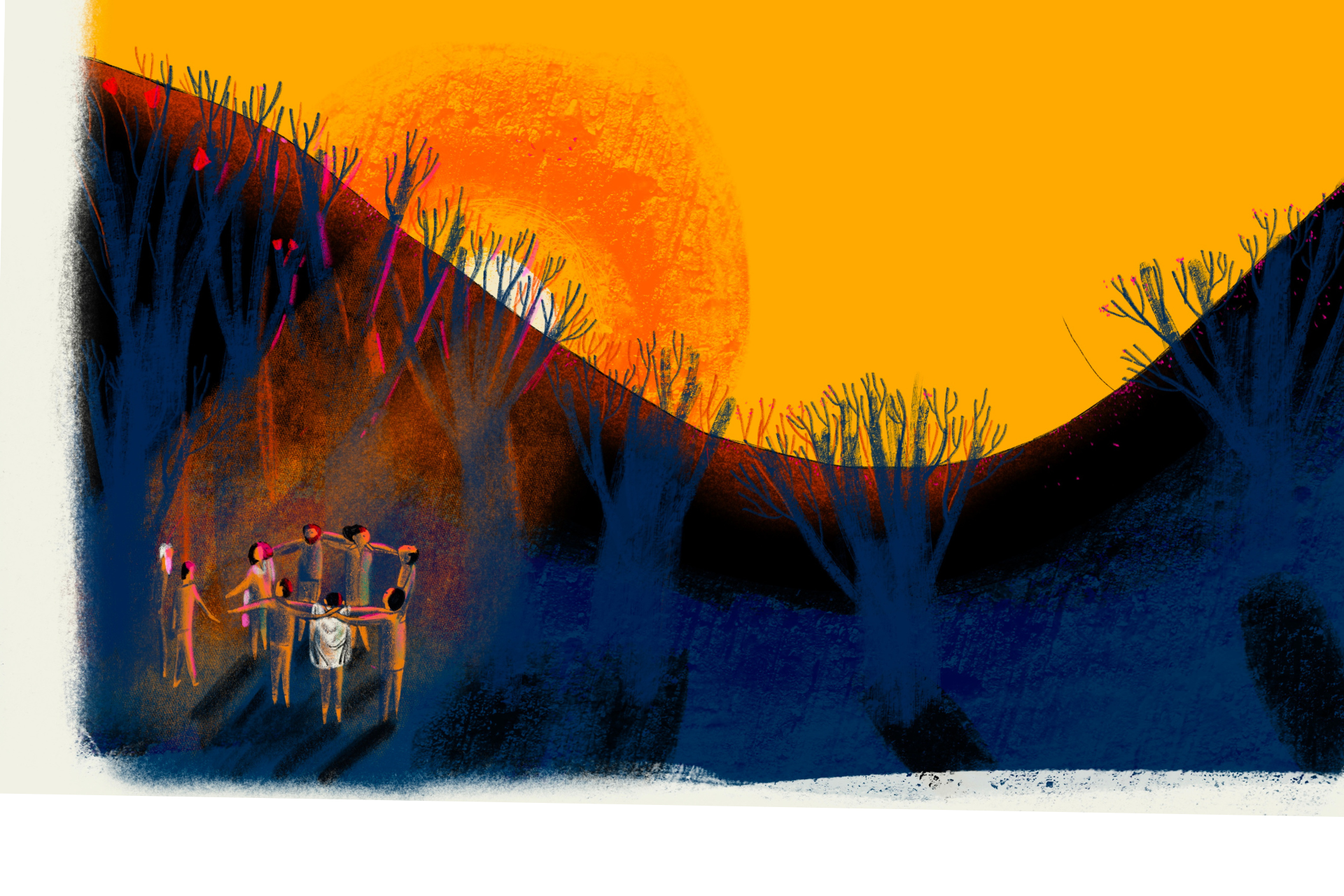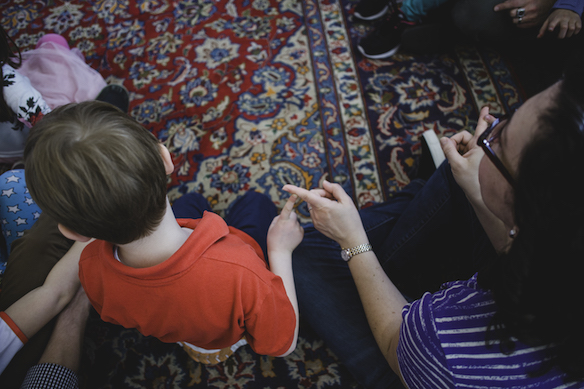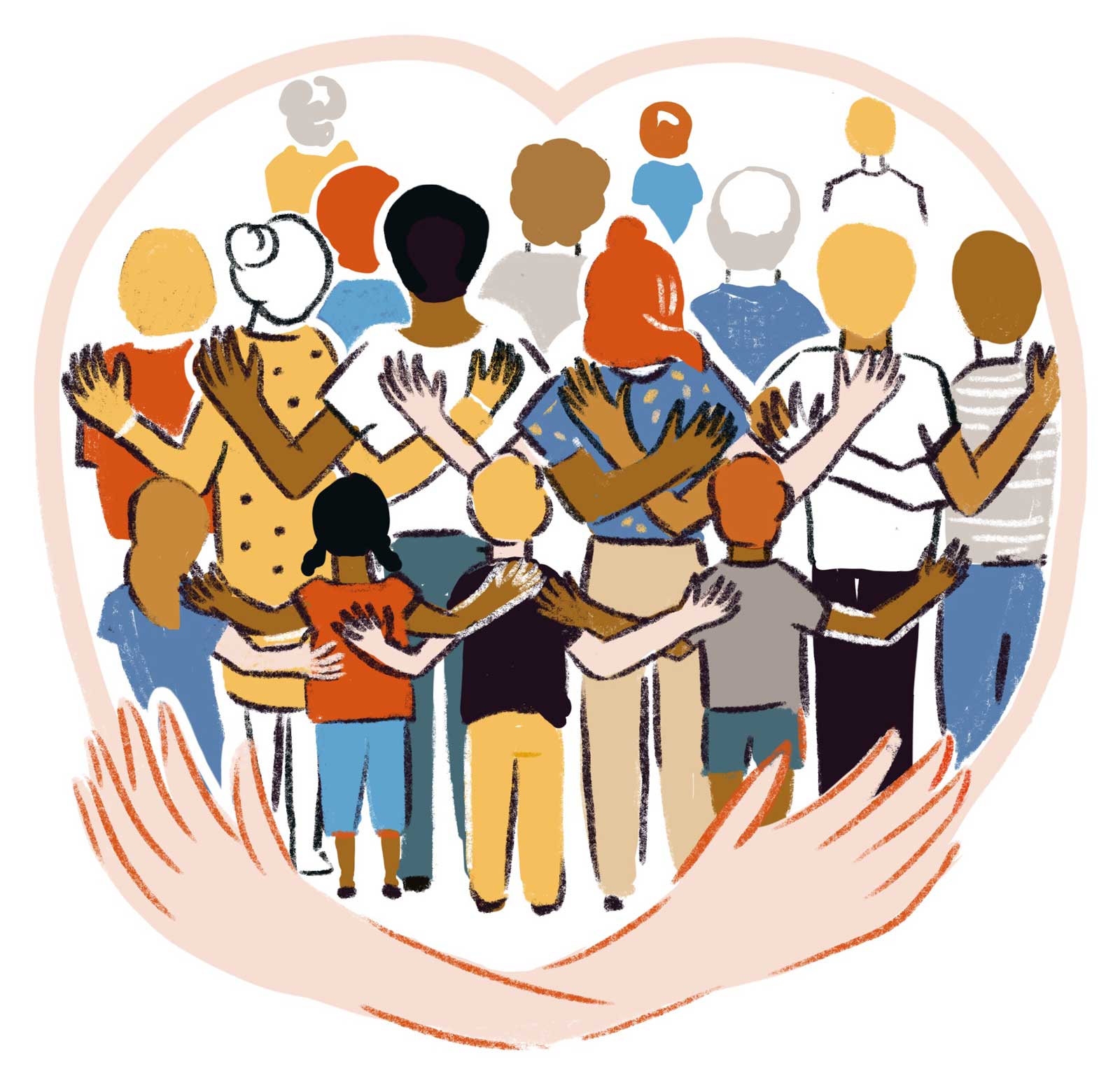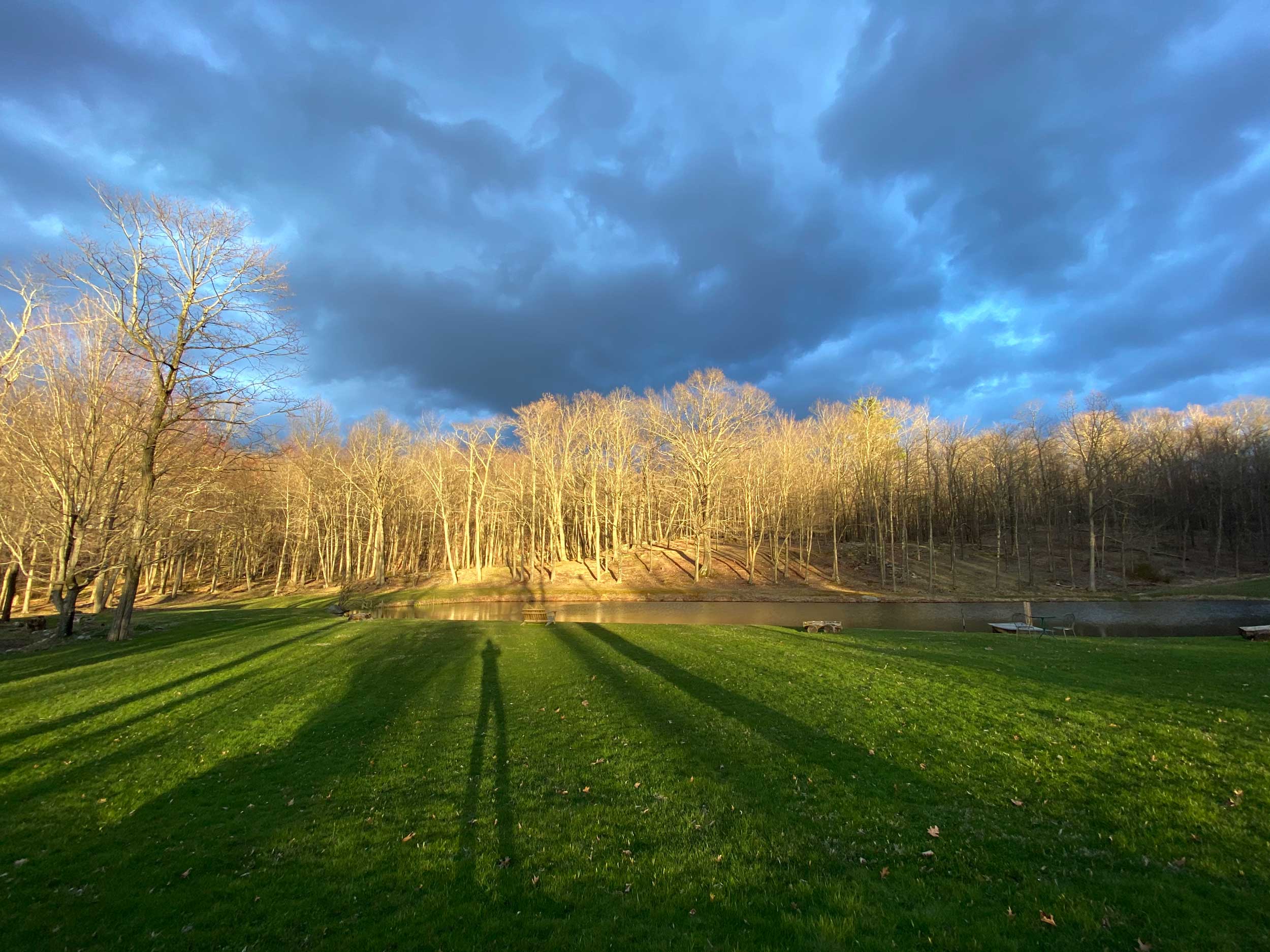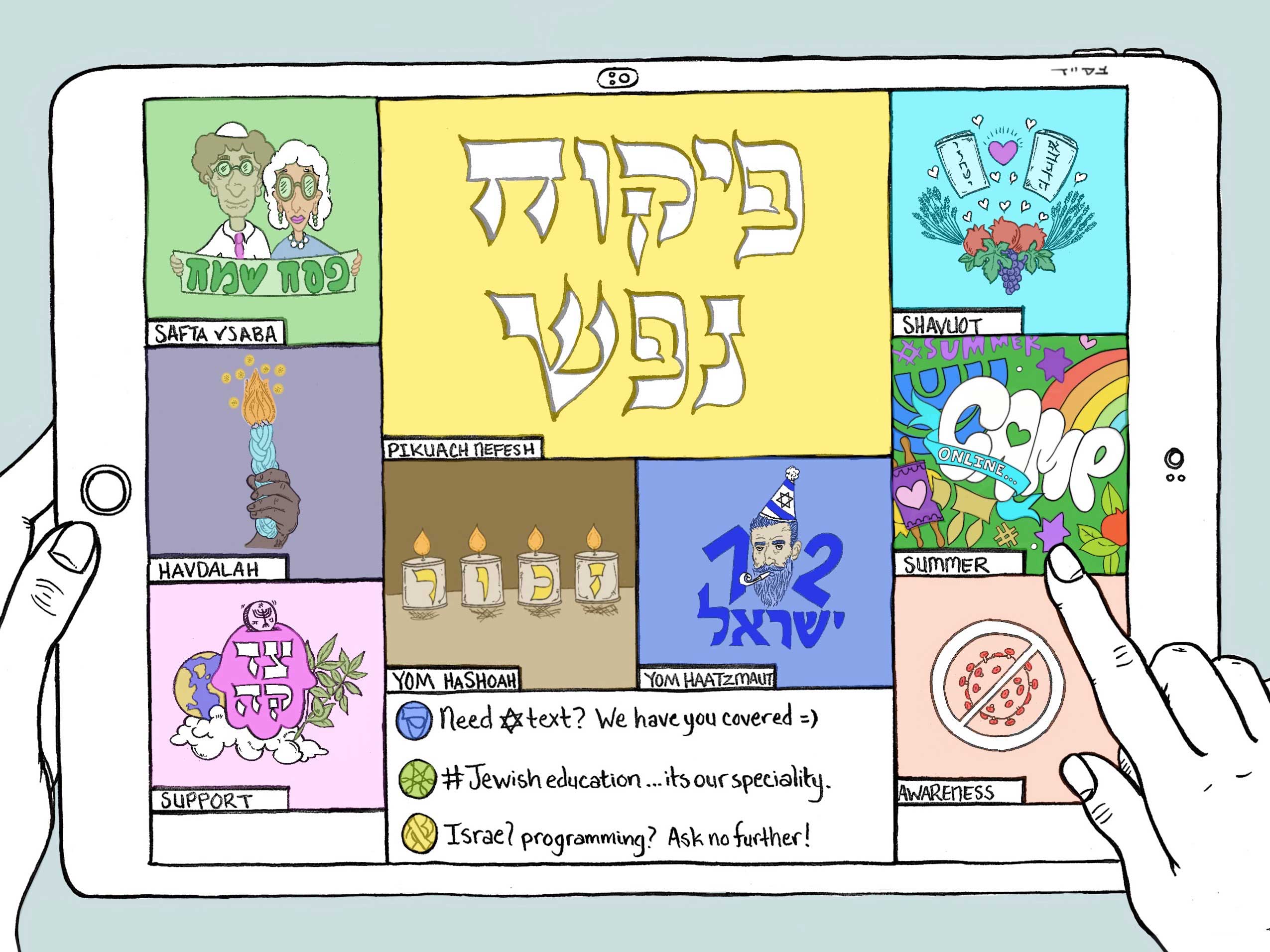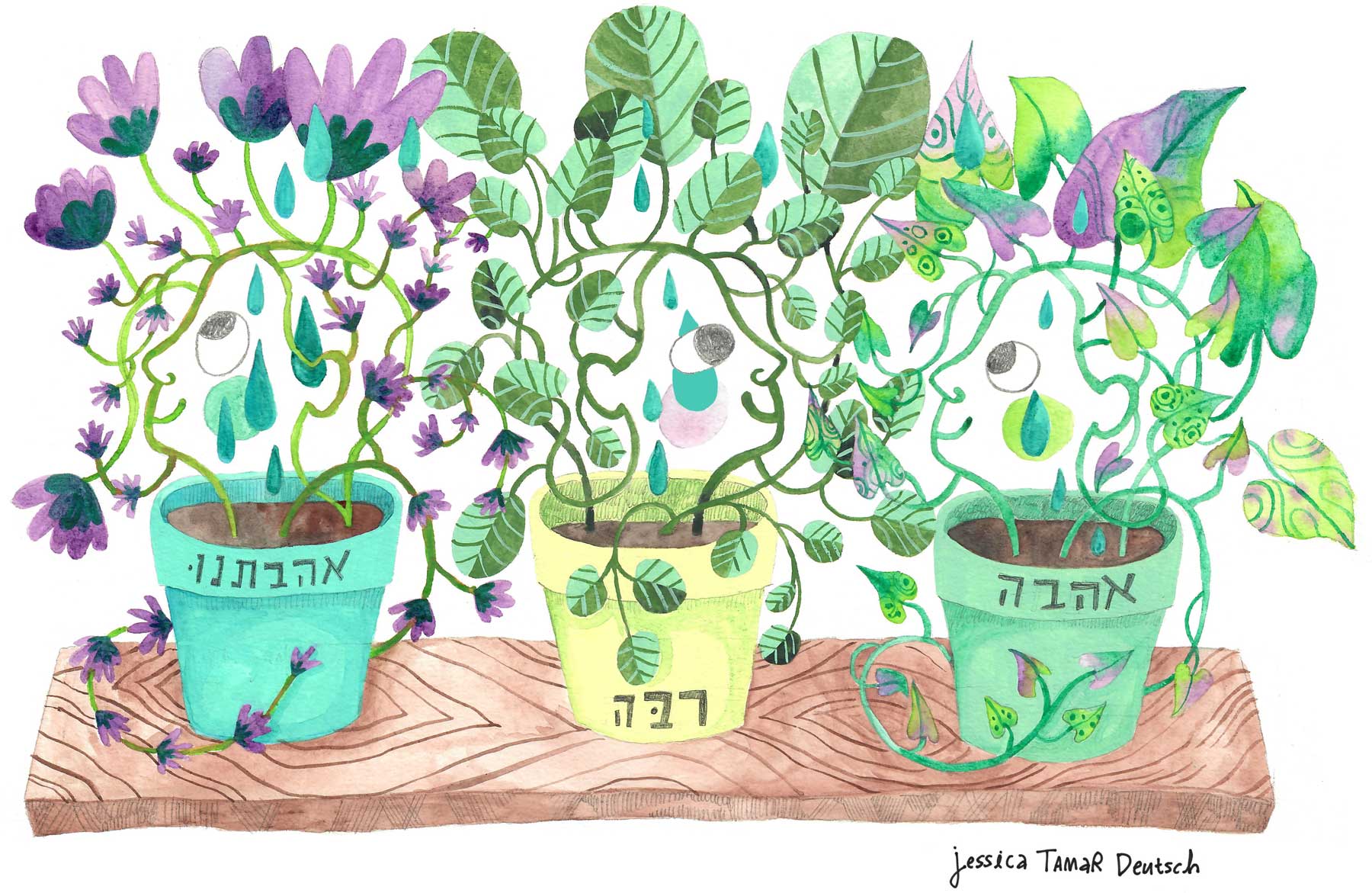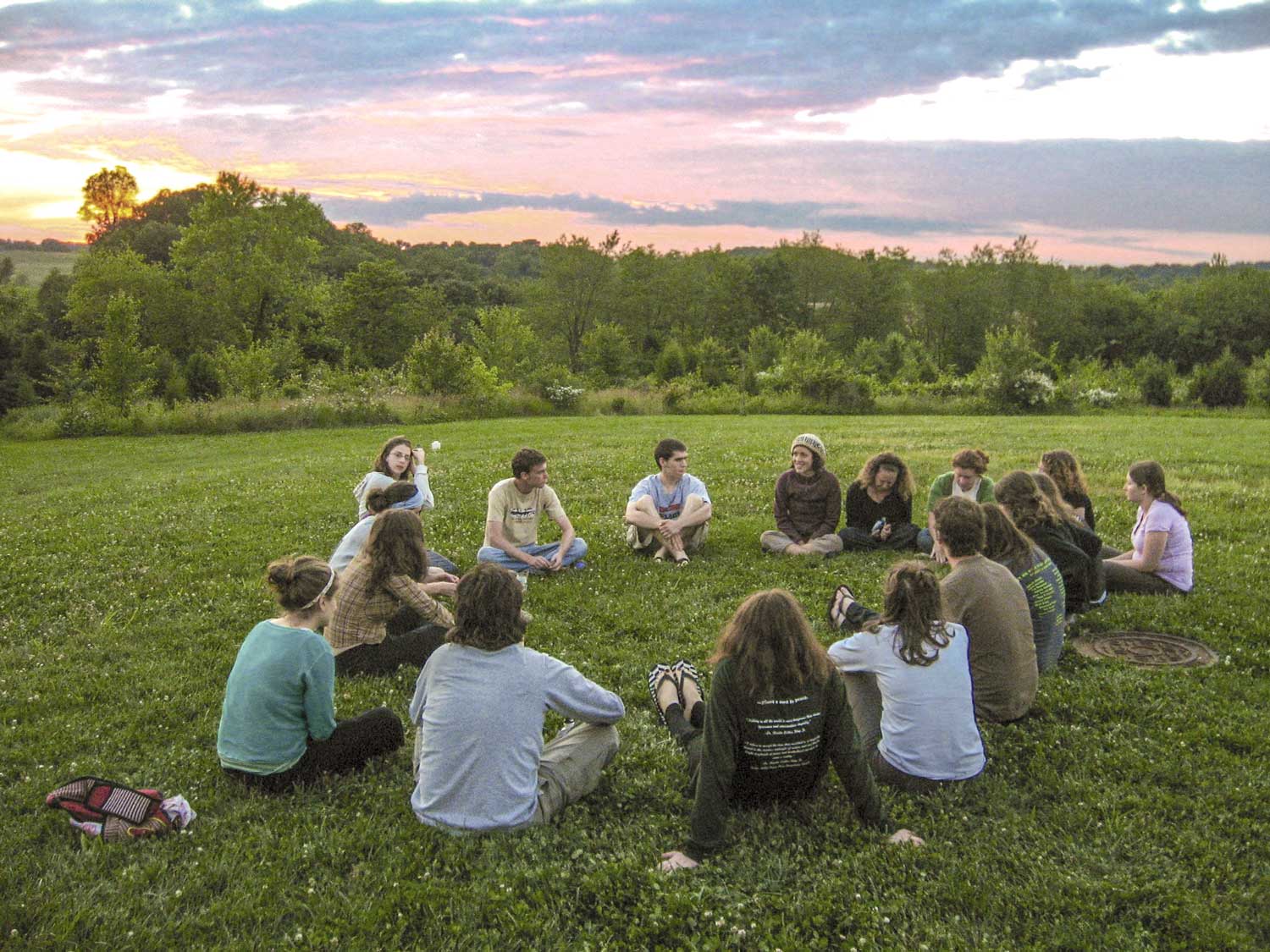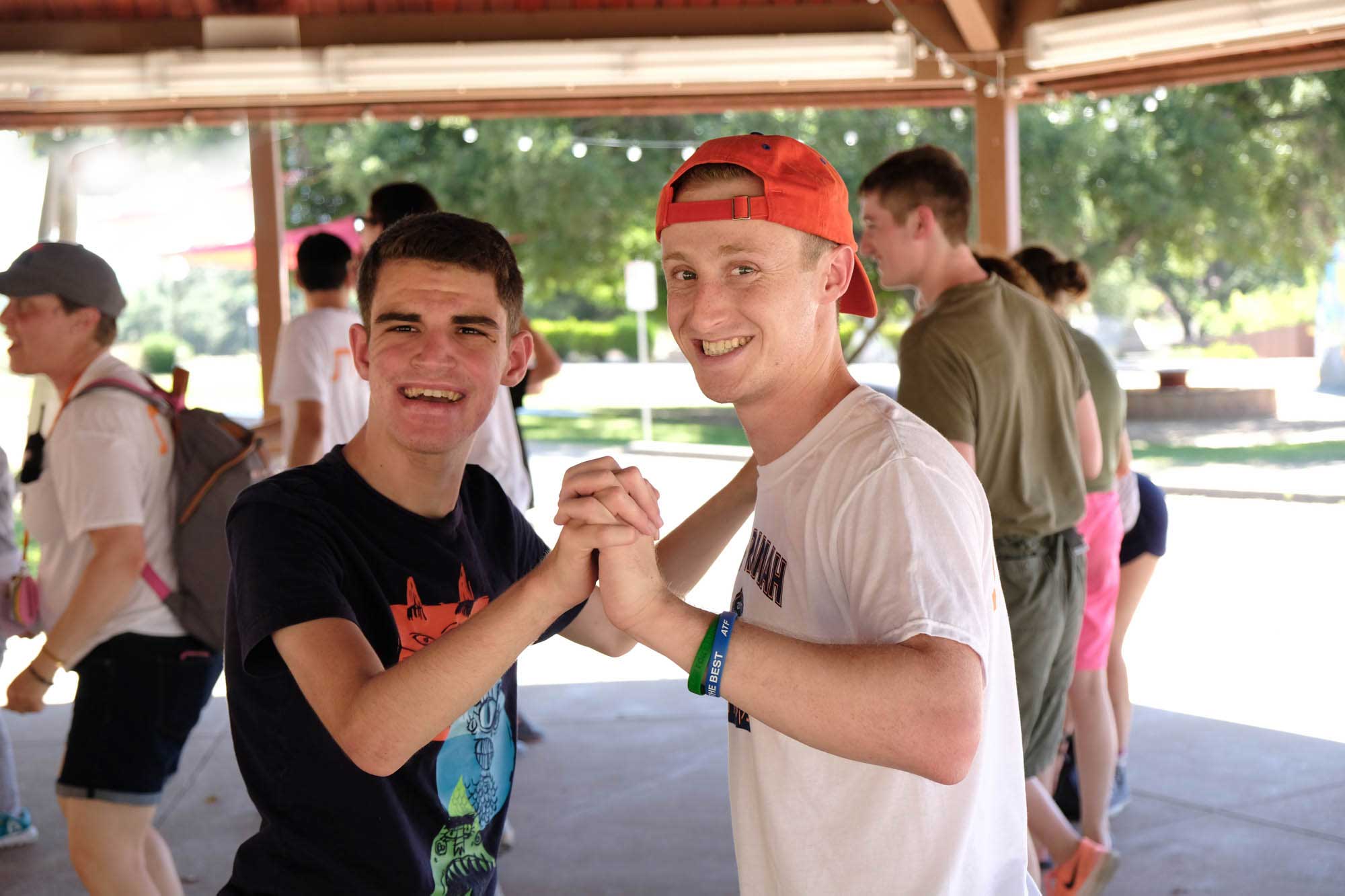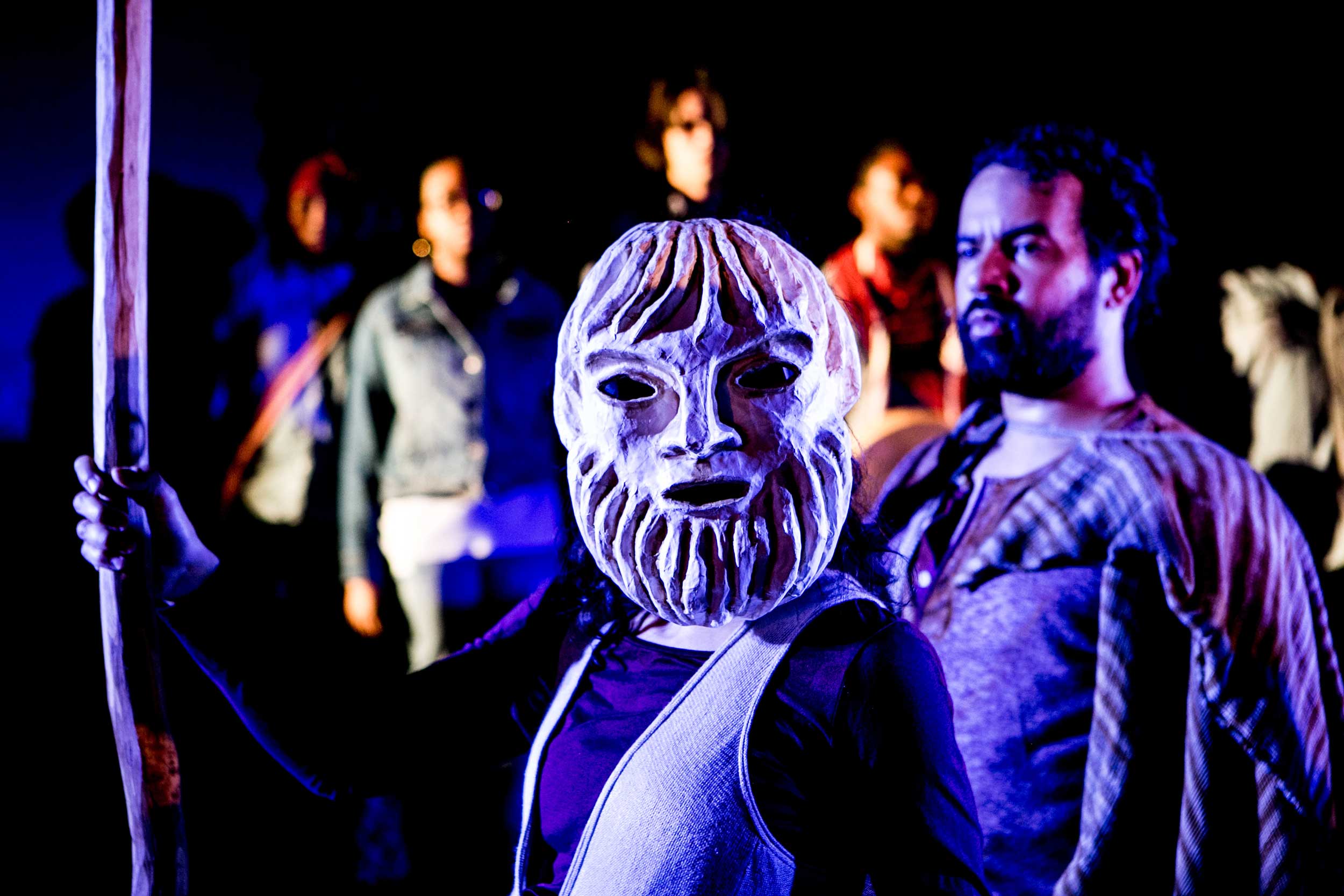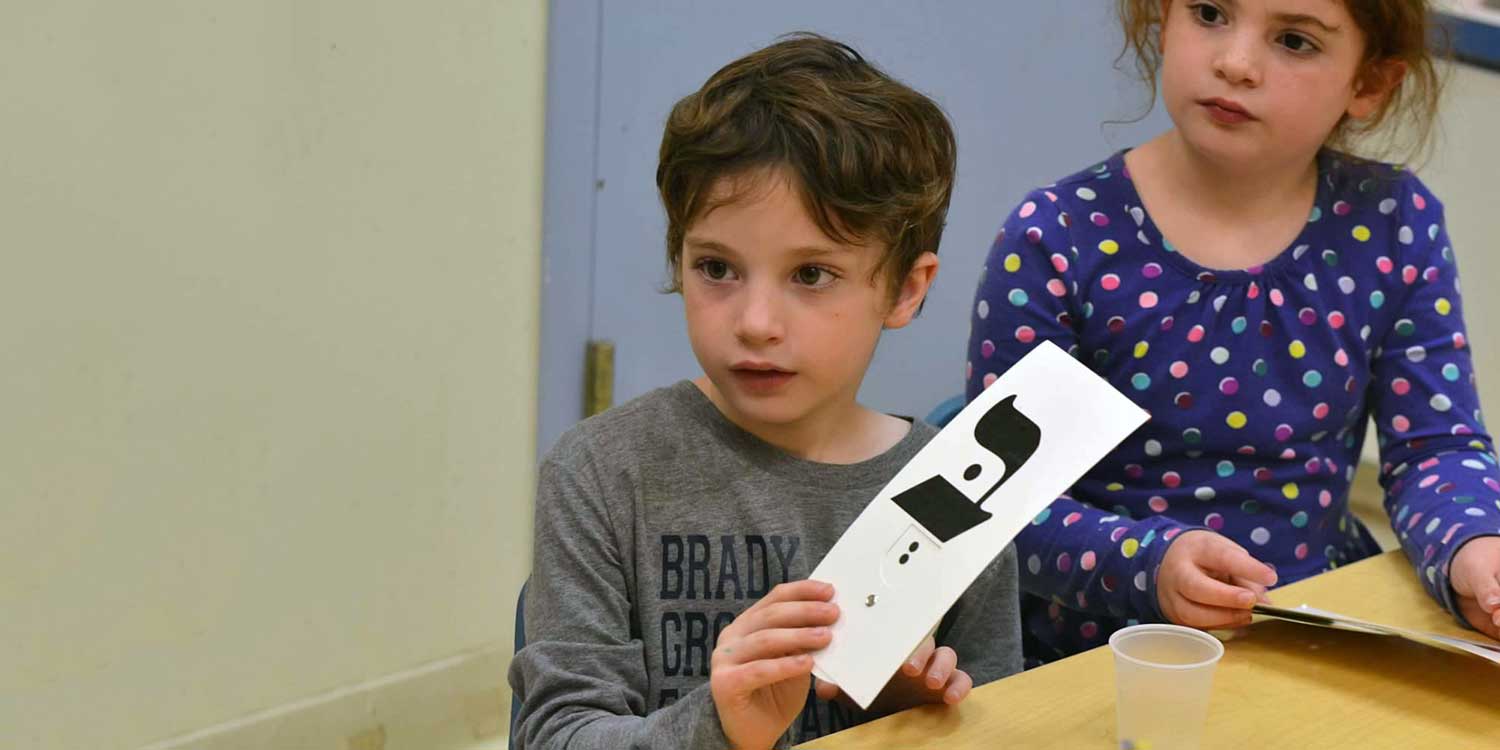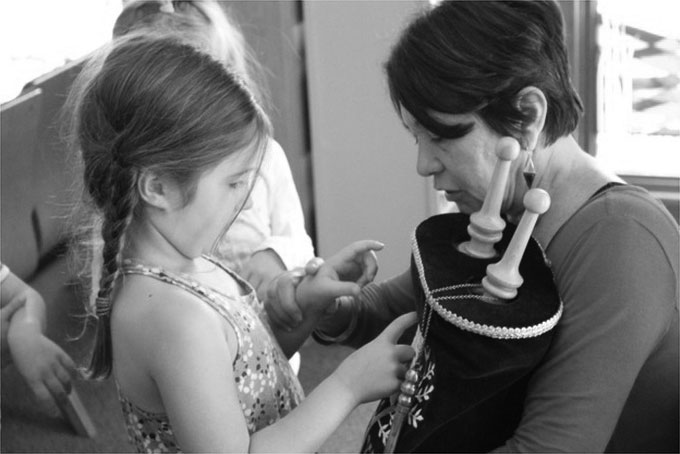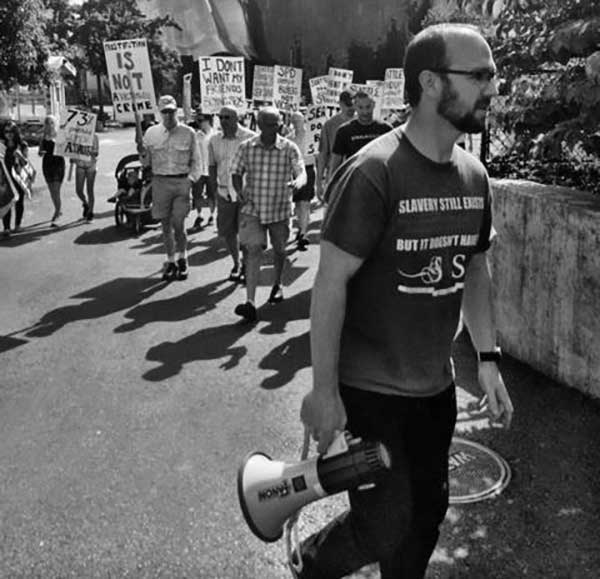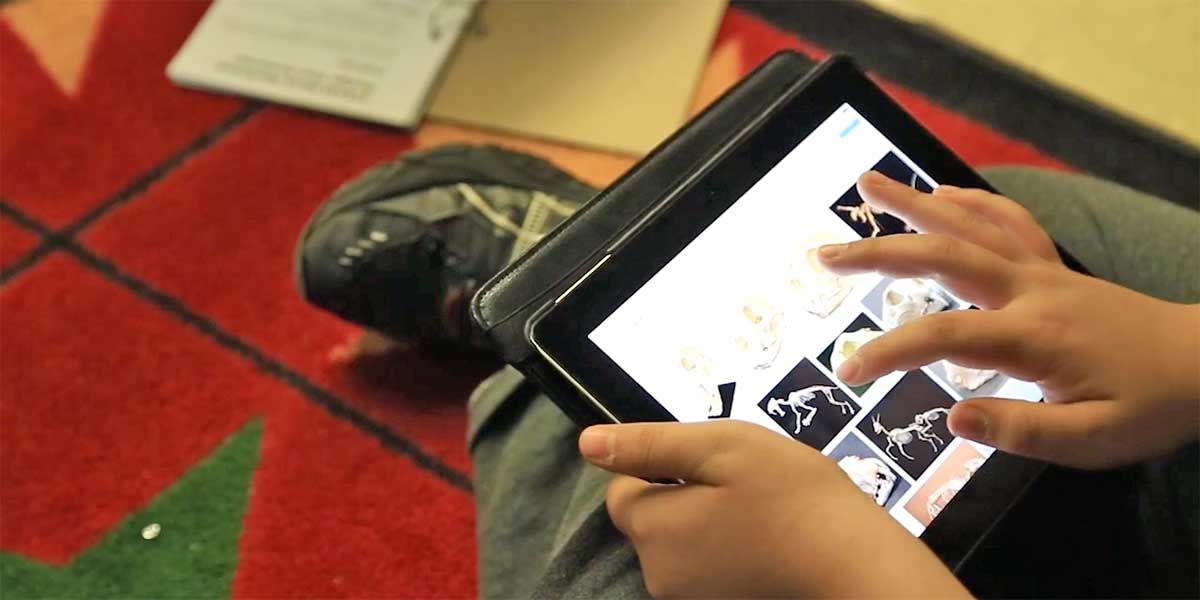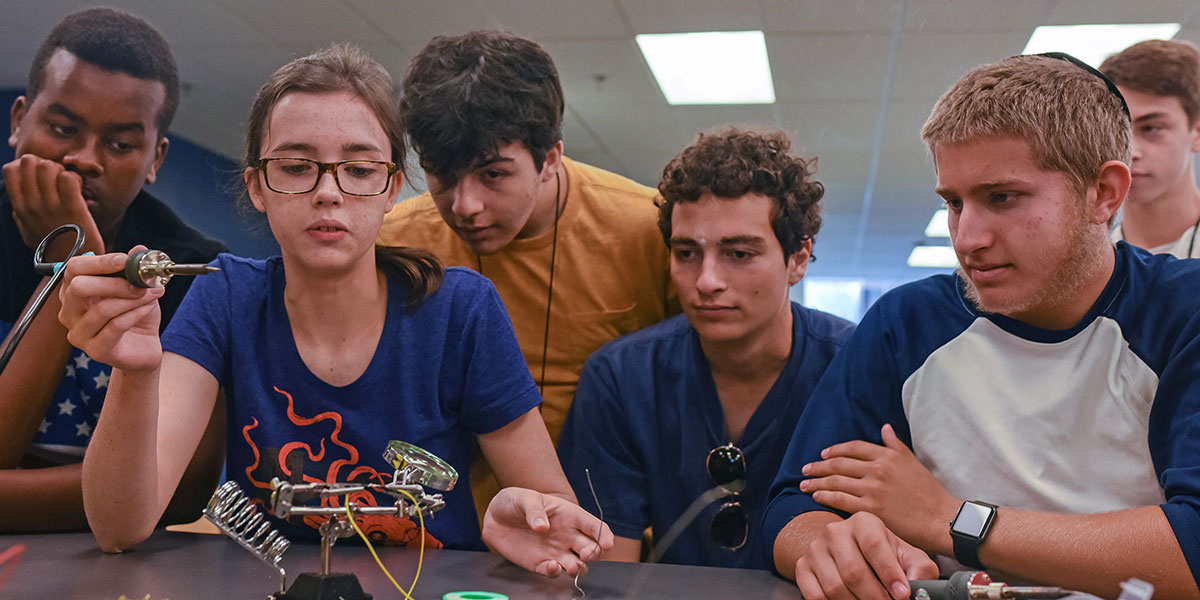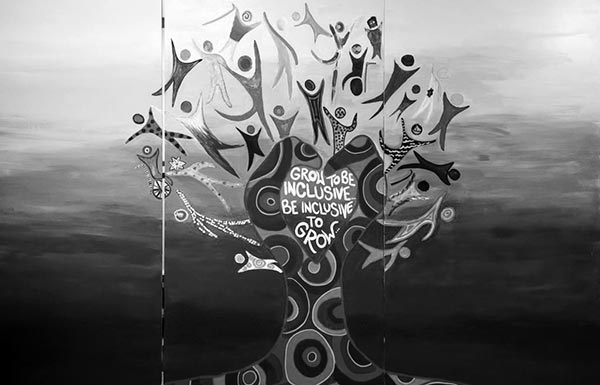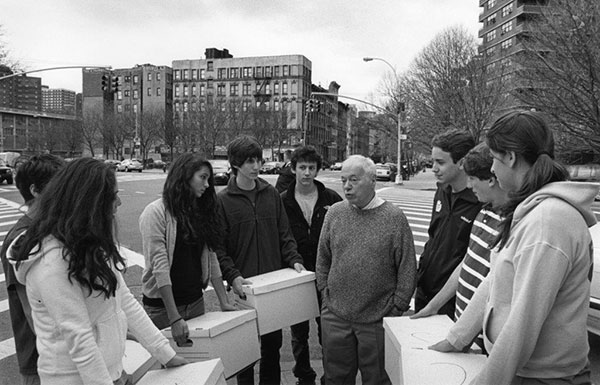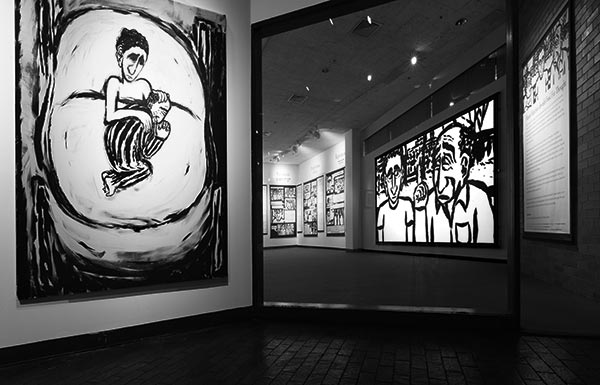
ARTICLE Mayyim Hayyim Puts the Spotlight on Petichut
Late last month, Mayyim Hayyim, the Living Waters Community Mikveh and Paula Brody Educational Center in Newton, Massachusetts, premiered the film Open Waters: Mikveh for Everybody.
Remaining staunchly committed to the principal of petichut, or “openness,” the film highlights the steps this community mikveh has taken to ensure that people with disabilities, both cognitive and physical, have as much access to the mikveh as everyone else.
In a blog post written just before the premiere of the film, Carrie Bornstein, Executive Director of Mayyim Hayyim, wrote, “Accessibility to people with disabilities has been a …priority since the very beginning. Petichut – openness – is one of our guiding principles and it is part of everything we do: Nobody is closed out of our education programs, art gallery, or immersion into the mikveh itself.”
Since it opened its doors in 2004, in fact, Mayyim Hayyim has been in the business of saying yes. As a kosher mikveh, maintained under rabbinic supervision, many people participate in ritual immersions at Mayyim Hayyim for the traditional reasons as outlined in the Torah: marriage, conversion and niddah. But Mayyim Hayyim was expressly created so that the Jewish community might reclaim the ancient ritual of immersion, in a bright, open, and welcoming space. And for the past 11 years, with 14,000 recorded immersions and counting, Jews have been coming to Mayyim Hayyim to do just that, marking occasions as auspicious and varied as the completion of a course of chemotherapy, a milestone birthday, a gender re-assignment ceremony, the impending birth of a child, or a bar or bat mitzvah.
While Mayyim Hayyim has always had a chair lift, which makes the mikveh accessible to people with physical disabilities who are looking to mark transitional moments, educators are now also creating a discussion guide to accompany the film.
“The whole reason Mayyim Hayyim was created was access,” says Bornstein in the film, which was created in partnership with the Ruderman Family Foundation. “At Mayyim Hayyim we name the fact that full inclusion for people with disabilities is one of our values. Placing that on our website, making that a part of who we say we are, explicitly welcomes people in and says ‘we are here for you’. This is for all of us, period. If we say that we’re open to everyone, then we’re open to everyone.”
Each person who enters through the doors of this mikveh is put at the center of his or her experience. There is no prescribed method for any given ceremony; in fact, in an attempt to emphasize the degree to which Mayyim Hayyim mikveh guides practice empathy first, Bornstein demonstrated a mirroring game, where the woman next to her attempted to intuit where Bornstein would move her hands, as if the hands were in front of a mirror, two sets moving in the same direction, fluidly. “It’s about how we listen to people,” Bornstein explains. “When someone comes to the mikveh, it’s the mikveh guide’s job to think, does she need me? Or should I get out of the way? How can we mold ourselves around this person?”
As an example of this kind of tailored attention, Anita Diamant, author and Founding President of Mayyim Hayyim, shares a story. “A bride recently came to Mayyim Hayyim with her non-Jewish groom, just before their wedding,” she begins. “He witnessed her immersion, and was touched by the ceremony. Then, the groom asked if he, too, could immerse,” Diamant pauses. The rule, she goes on to explain, is that you must be Jewish to immerse in the ritual bath.
“However, instead of saying no, the mikveh guide went and drew some water from the mikveh, and helped the groom perform a hand-washing ceremony,” Diamant continues. “In this way, the groom felt respected and heard, and I think that helped him feel okay about being a part of the Jewish community.”
In the hand washing ceremony, the participant reads, “I stand here today to acknowledge and affirm this moment in my life journey.” On the most basic level, this ritual allows anyone—Jew or non-Jew—to have a meaningful experience, to mark a moment, to be present and connect.
And there are hundreds of other stories, just like this one. Bornstein shared that just days before this interview, she spent time with the mother of a nonverbal child with cognitive disabilities, who had reached bar mitzvah age. As part of a support group for Jewish mothers of children with disabilities, this parent shared with her group her struggles to figure out a way to mark her son’s bar mitzvah, given his disabilities. “She wondered, ‘how do I give him a Jewish identity and sense of Jewish World and values; what does that look like for him?’” Bornstein recalled. She then went on to share that someone in the support group mentioned that they had recently taken their daughter to Mayyim Hayyim before her bat mitzvah, and it was incredibly meaningful. With that information, the mother of the young boy realized that for her son, who experiences the world through his senses, immersion in a mikveh would be a perfect way to mark this momentous occasion.
The details of the ceremony are up to the family; the family is now considering whom they will invite, and how to personalize the ceremony and how the educational resources at Mayyim Hayyim can help. Mayyim Hayyim has been training educators for years, and, with grants from the Covenant Foundation, has established national training resources as well, now, they have also partnered with Gateways to create a picture guide of the seven guiding principles which inform all that Mayyim Hayyim does, allowing this child to comprehend of the kavanot in a way that makes sense for him.
“I can’t think of a place where there are more barriers,” Bornstein says, referring to the fact that there are so many aspects of the mikveh experience that could potentially make a person feel shut out—from the requirement that one remove all garments before immersion to the act of fully immersing in water to the connotations about mikveh, ideas of who is a Jew, any disabilities that might prevent immersion, and on and on.
But at Mayyim Hayyim, those who have experienced a Judaic culture of “no,” suddenly find themselves within the land of “yes.” The bottom line is that the experience is meant to be a positive one, not coercive, not negative.
“If we can find a way to do this here, to include everyone, then we should be able to figure this out in our other Jewish organizations and communities. We are hoping that this initiative can be inspirational and make people realize, ‘we can make it work,” Bornstein says.
“We are such a head and language-based religion,” Diamant adds, “but this is not that. Immersing in water is something totally elemental. You put your body in, and it feels good. This is powerful for everybody.”
Interestingly however, despite the power of a ritual immersion, many of Mayyim Hayyim’s supporters have never entered the mikveh. Thanks to hundreds of educational programs run throughout the year, and a series of popular local events, Mayyim Hayyim has managed to provide an entry point for the community beyond just that of its “main” business.
“Our events are fun,” Diamant promises. “There’s no seated dinner, there’s lots of upbeat music, and the tickets aren’t expensive, which lowers the barrier to entry and allows genuine community involvement.” At the recent reception for Open Waters, held on May 18th of this year, Mayyim Hayyim featured speaker Matan Koch, a lawyer and speaker on Universal Inclusion, paid tribute to the 10th anniversary of the publication of Blessings for the Journey: A Jewish Healing Guide for Women with Cancer, featured singer-songwriter Noam Katz and musical guest Julie Silver, and debuted Open Waters: Mikveh for Everybody, Mayyim Hayyim’s original film.
Over 500 people showed up that night, including friends of the honorees, rabbis, clergy, Jewish professionals and Mayyim Hayyim fans, proving that in addition to the mikveh, the events are a portal, too.
Another portal are the educational curricula that Mayyim Hayyim produces. Their most popular is the Beneath the Surface, a three-session program that uses activities to strengthen the mother-daughter relationship as they prepare for a bat mitzvah. Now, communities across the country have begun to use the curriculum. “We’ve found that people are very open to programs and ceremonies that occur at times of transition,” Bornstein says.
Mayyim Hayyim can help other communities develop programs like Beneath the Surface, and has a number of concrete resources they can provide; some of their curricula require a mikveh, but some do not. Beneath the Surface, for example, can be done in synagogues and Jewish Community Centers; the Open Waters discussion guide may be used in camps, or day school and afternoon school settings.
“This is a way for those who aren’t here, in Boston, to bring Mayyim Hayyim to their community,” Bornstein says. The Mayyim Hayyim education center has created a variety of programs around the meaning of the Jewish ritual of mikveh, geared toward students ages 10 and up. They lead over 100 education programs a year, and can tailor the programs for a variety of ages and intentions.
In fact, just before this interview, Mayyim Hayyim hosted a group of 6th grade boys from a local synagogue, who spent a long while in the basement of the mikveh, inspecting the plumbing system. “What’s amazing is that the whole experience around the mikveh has been normalized for kids,” Diamant says. “Now they know, in 6th grade, they’ll visit the mikveh. It’s not a foreign concept to them.”
And should those same kids choose to immerse in the mikveh come time for their bar or bat mitzvah, their kavanah, their intention, is likely to be informed and focused.
In the immersion ceremony literature for such a moment, before the second immersion in the ceremony, b’nai mitzvah read:
“May my decisions and behaviors help make the world a better place. I commit myself to contributing my time, my talents and the best of myself to doing Tikkun Olam, Repair of the World.”
While it’s probably safe to assume that most 12-year-olds are busy doing, doing, doing, moving from school to extracurriculars to socializing and homework, there’s something to be said for taking a brief moment to pause and give a bar or bat mitzvah child the space to reflect on what this rite of passage actually means. Away from the crowds at synagogue and the thumping beats of the DJ at their bar mitzvah party, in the quiet, light space of the mikveh and with their parents, a child just might be transformed into an adult, or at the very least, into a young person cognizant of a sacred tradition that’s theirs for the taking, ready to be molded in whichever way makes sense to them, at this very moment.

Covenant Award Recipient Dr. Erica Brown to Keynote Mayyim Hayyim Conference
999

